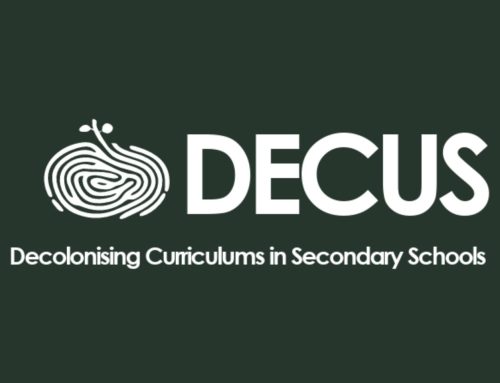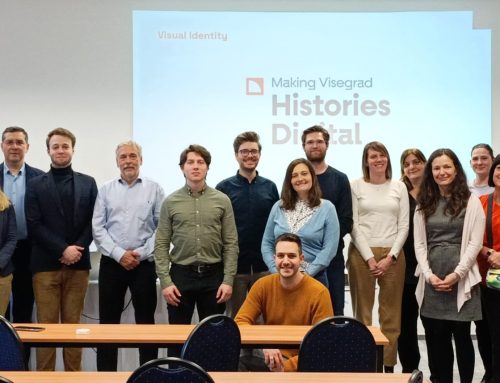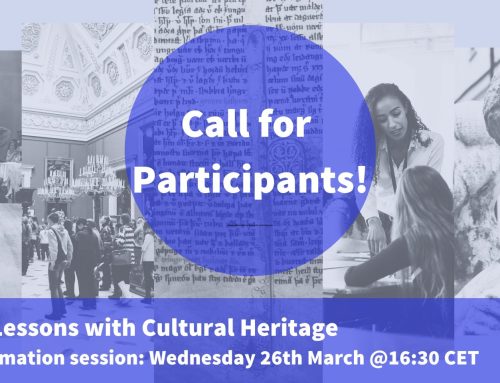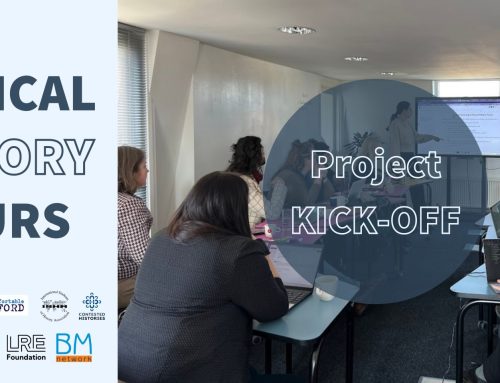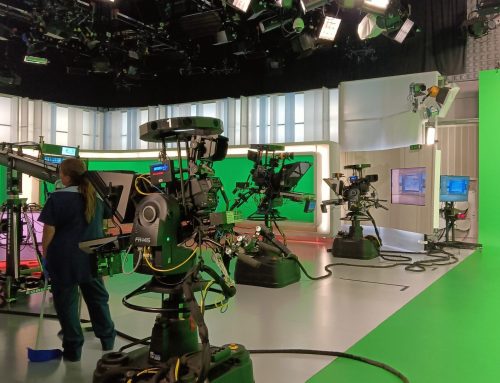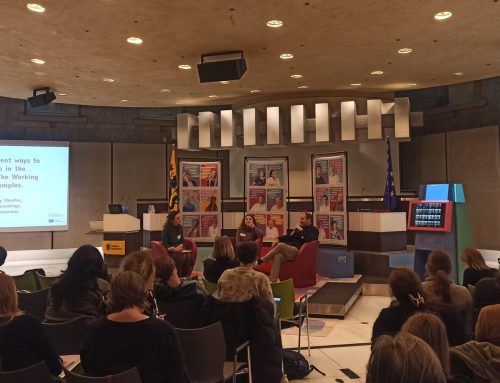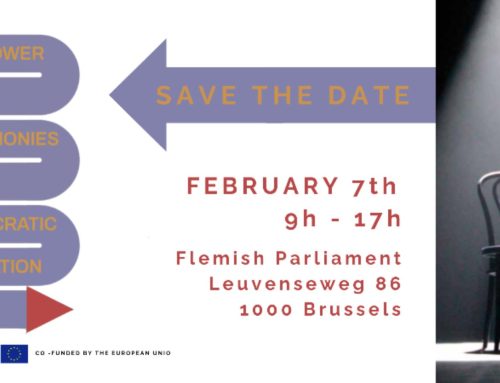On 13 May 2016 the a learning activity developed within the “Silencing citizens through Censorship”-project was successfully tested at the Liebigschule in Frankfurt am Main, Germany, a regular gymnasium officially classified as a European school.
The class consisted of 30 students between 15-16 years of age, 12 boys and 18 girls with some having non-German family roots and origin from different countries (Turkey, Italy, Kosovo, Serbia, Spain, and Malaysia). The material was tested in a two hour lesson by Martin Liepach, co-author of the activity, and dealt with the mechanisms and tools of censorship during the Third Reich through a comparative and critical analysis of various sources. Foremost, the students were reflecting and analyzing the impact of censorship. Different forms of teaching methods (working in pairs, working in small group, discussion in the classroom) were employed during the lesson.
The feedback was above all positive confirming the general concept of the module. Students responded that they found the topic very interesting and that the activity gave them a general insight into the mechanisms of censorship in the past and present. They particularly enjoyed playing the role of the censor, analysing the regulations of the German News Agency and guessing the reasons behind the censoring of certain topics. This was followed by an open discussion in class. Moreover, they found the sources, a telegram by Leo Baeck and a letter from the concentration camp Dachau, engaging and discussed which sources were eventually censored and why. The need for more contextualisation regarding the selected regulations of the German News Agency presented the main difficulty.
More piloting will follow in the coming months, with a call for participating schools in Germany published in the Newsletter of September of the “Verband der Geschichtslehrer Deutschlands” (Association for German History Teachers).

